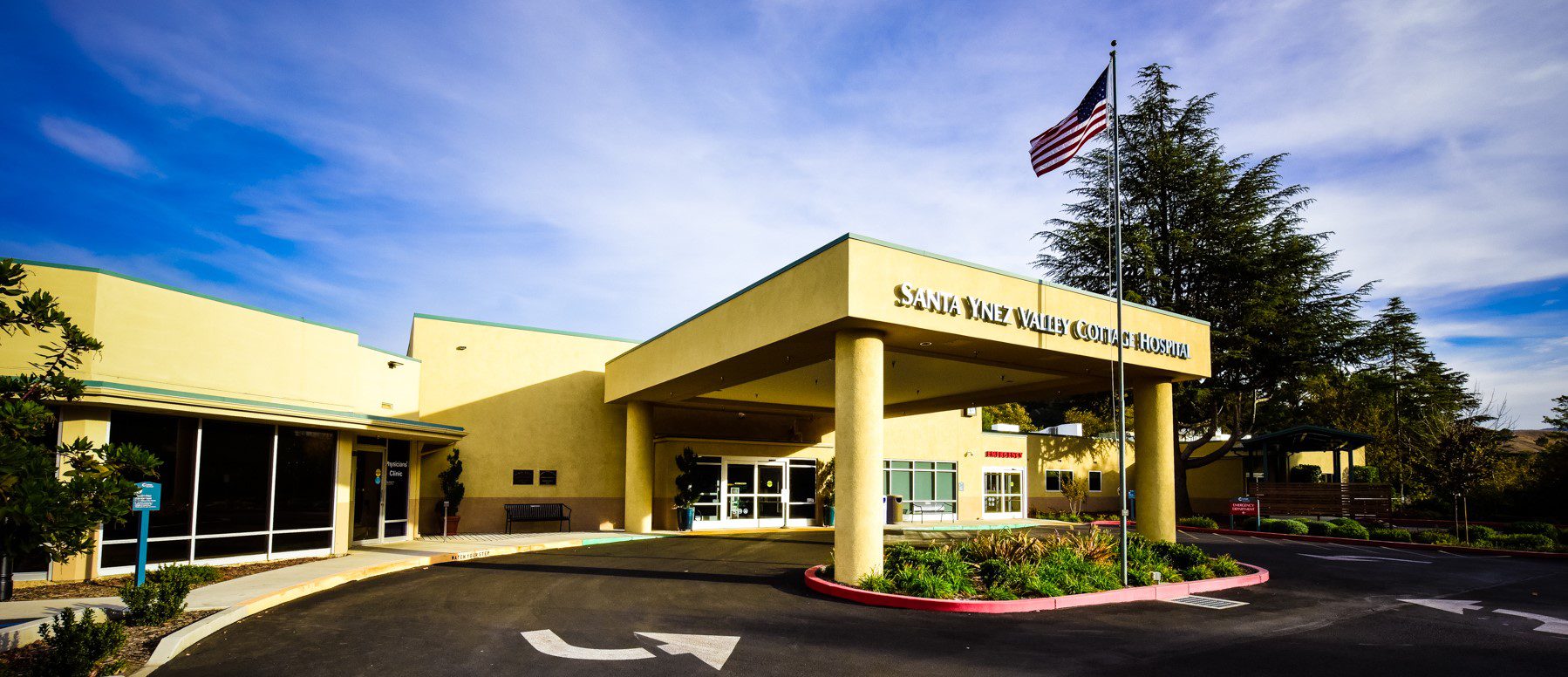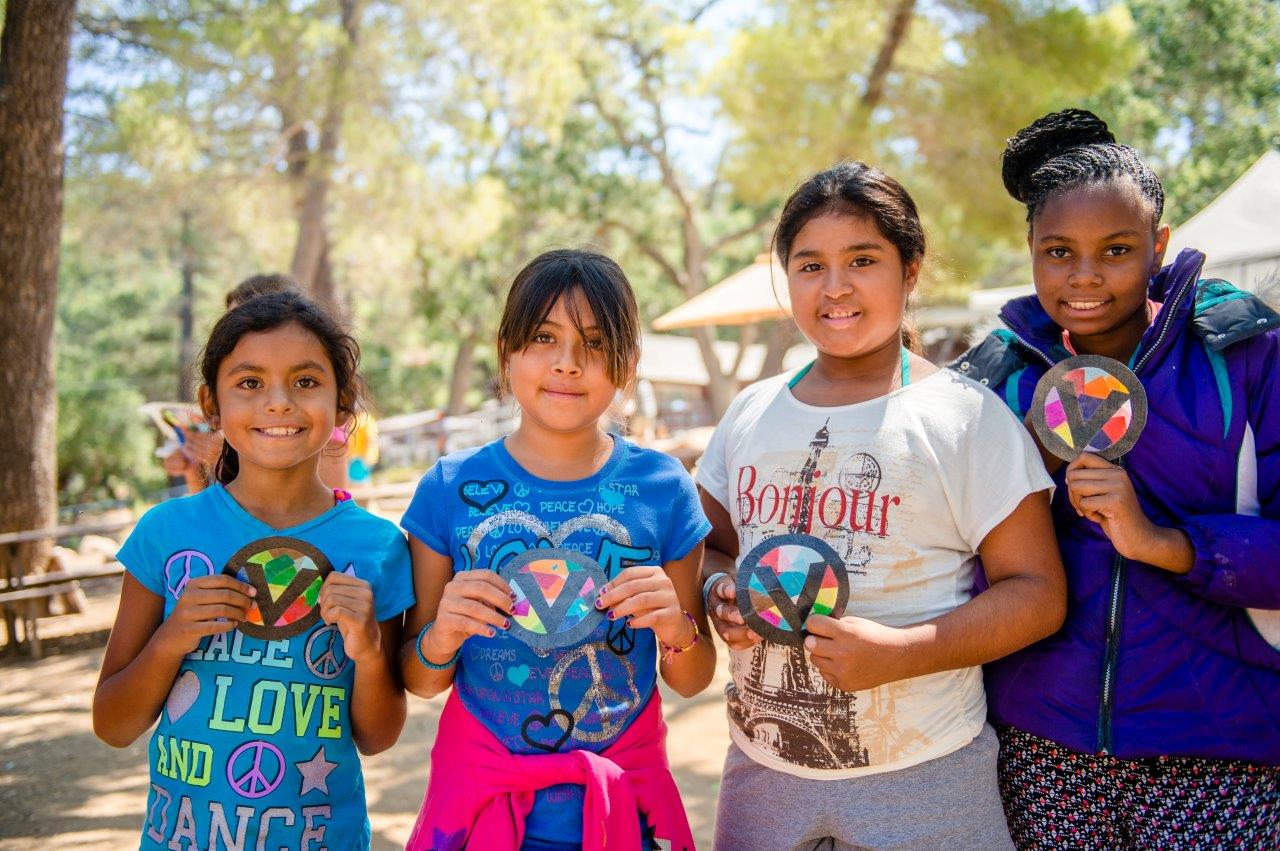Sheila Benedict
Contributing Writer
What really was the purpose of creating records by cities, counties, states, and federal governments? It certainly was not because someone said that in the future genealogists would need them!
On the contrary, revenue collection – taxes on income, on property, even on farm animals — required records so that they could be enumerated.
In 1850 when California became a state, a law was signed by the first governor, Peter Burnett, creating 27 counties. As time went on, other counties were created out of those and today we have 58.
For example, Santa Barbara County was one of the original counties and in 1872, a portion of it became Ventura County. Another example is Riverside County, which in 1893 was formed from portions of San Bernardino and San Diego counties.
Many larger counties have separate vital records registrar and recorder offices. In smaller counties, the functions are usually handled by one office.
In 1905, a law was passed requiring all counties to start recording vital records. For genealogy research it is necessary, however, to check county by county websites or by telephone to find out what their regulations are regarding those records.
Unless you are traveling out of town, I do not suggest an in-person visit until you know those regulations. In recent years, many privacy laws have been added, and access to some records require different time and family restrictions.
In California, there are only a few cities that keep copies of vital records. Most are at county offices. For example, Pasadena and Long Beach keep records, but Los Angeles County and the state office in Sacramento have copies of them as well.
There are indexes to vital and court records available by county and by state that can help researchers find the original records, which are what all genealogists strive to obtain. An index entry is important to lead to those original records, but the information within the record can be extensive while the index is minimal at best.
Of equal importance are those trips to a hometown, a library, an old neighbor, cemeteries, and other places. Just know that a law in California may not be the same law, for example, as in Illinois. Going back to where ancestors came from could be the best trip you ever made, genealogically speaking.
Two final notes: The first is that every day new records are digitized and put online. Create a log and study up-to-date genealogy texts about how to cite your sources. Not recording as soon as obtaining a record could mean going back to square one because you don’t remember where the source material was located. That does not mean everything is there – it will take years, if ever, to make a large dent in the records generated worldwide.
The second is a reminder: document, document, document all those sources you find.
Happy ancestor hunting!
Sheila Benedict is a local professional genealogist. To ask questions or get more information, email news@santaynezvalleystar.com.






